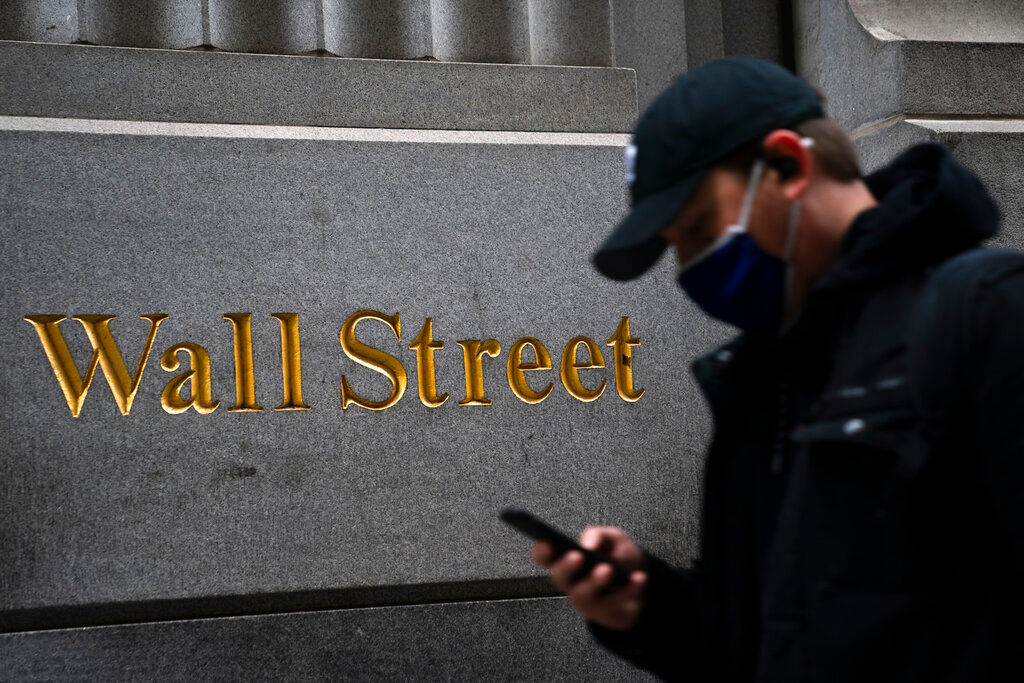Stocks on Wall Street finished broadly lower Wednesday, as declines by major technology companies erased the S&P 500′s weekly gains.
The S&P 500 dropped 0.7%, snapping a three-day winning streak. The Dow Jones Industrial Average fell 0.5%, while the Nasdaq Composite fell 1.3%.
Small-company stocks fell more precipitously than the rest of the market, dragging the Russell 2000 down 1.6%.
Also Read| US Premarket: Target, TJX, Lowe’s and other stocks making biggest moves
Traders concentrated on a variety of retail updates that show that spending is still strong despite the fact that inflation pressure is still affecting businesses and consumers. According to a government report, retail sales were flat last month, and Target shares fell after the retailer reported a nearly 90% drop in quarterly profits.
The S&P 500 slipped 31.16 points to 4,274.04. The loss pulled the index 0.1% lower so far this week.
Also Read| US Fed issues guidance for banks considering cryptocurrency activities
The Dow dropped 171.69 points to 33,980.32, while the Nasdaq fell 164.43 points to 12,938.12. The Russell 2000 slid 33.22 points to 1,987.31.
Trading has been choppy throughout the week as the benchmark S&P 500 comes off a four-week winning streak.
Pricey technology companies, communication stocks and retailers had some of the biggest losses. Only energy stocks notched gains as the price of U.S. crude oil rose.
Bond yields rose significantly. The yield on the 10-year Treasury rose to 2.89% from 2.81% late Tuesday.
Also Read| Indian government to discuss possibility of common charger for all phones, laptops
Wall Street has been closely reviewing the latest economic data and corporate updates to get a better sense of how inflation is affecting businesses and consumers and whether the hottest inflation in 40 years is peaking or beginning to cool. Investors are also monitoring inflation to determine how much further central banks have to go in their fight against higher prices.
Also Read| Elliott sold stake in Twitter amid Elon Musk deal frenzy: report
Sales at U.S. retailers were unchanged last month, according to the Commerce Department, and economists had expected a slight increase in July. Part of the weakness came from a 1.8% drop in gas sales, reflecting lower prices at the pump.
Also Read| How Paul Volcker tamed inflation with two recessions in 1980s
Meanwhile, Target fell 2.7% after reporting a nearly 90% plunge in second-quarter profits as it was forced to slash prices to clear unwanted inventories. The retailer warned earlier this summer that it was cancelling orders from suppliers and aggressively cutting prices because of a pronounced spending shift by Americans as the pandemic eased.
Children’s clothing and accessories chain Children’s Place fell 11% after reporting a surprise second-quarter loss as it faced supply chain problems and pressure from inflation.
Also Read| US inflation rate slips from 40-year peak | A timeline: 1930-2022
Britain’s inflation rate rose to a new 40-year high of 10.1% in July, a faster pace than in the U.S. and Europe as climbing food prices in the United Kingdom tightened a cost-of-living squeeze fueled by the soaring cost of energy. Inflation pressures prompted the Bank of England to boost its key interest rate by half a percentage point this month, the biggest of six consecutive increases since December.







